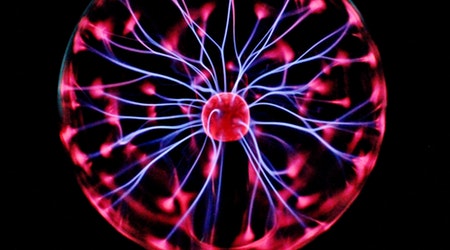« Back to Facilities Management Energy Efficiency Category Home
Finally — A Market-Based, Investable Approach to Energy Efficiency
July 26, 2017
- Energy Efficiency
By John Sheff
It’s all about creating sustained, predictable cash flows. It’s easy for the solar and wind energy industries: They install equipment that generates power they can sell to utilities, businesses, or individuals. Energy efficiency, on the other hand, is more complicated. Sure, making a building more efficient is proven to save energy and dollars, but how do you quantify those savings? How do we know the economy wasn’t weaker, the weather milder, or occupancy lower? And, even if we could agree on those things, how do we overcome the tenant-landlord split incentive in which the building owner pays for upgrades but the tenants, who pay the utility bills, reap the rewards? These are the basic hurdles keeping energy efficiency from booming like its sexier solar cousin.
Some smart people in the Pacific Northwest tried to answer these questions and, in the process, created the reliable cash flows necessary to spur private investment and rapidly scale the industry. The model, the Metered Energy Efficiency Transaction Structure, or MEETS for short, works like this:
• A building owner signs a lease agreement with what is called an “EnergyTenant,” giving the EnergyTenant the right to install and maintain energy efficiency improvements over a long period time. The building owner takes ownership of the improvements through a standard tenant improvement agreement.
• The EnergyTenant uses a dynamic baseline meter to measure the metered energy efficiency against a counterfactual baseline — what would have happened without the improvements.
• The building owner pays the utility bill — which includes both traditional energy use and metered energy efficiency — and passes the energy expense through to its tenants on their common area maintenance (CAM) charges.
• The utility signs a long-term Power Purchase Agreement (PPA) with the EnergyTenant, at a negotiated rate, to purchase the metered energy efficiency harvested from the building.
• With the revenue from the PPA, the EnergyTenant pays the building owner a rent payment, keeps a portion for ongoing maintenance, monitoring, and other negotiated fees, and returns the rest to the investor that financed the project.
The first MEETS pilot (a one-year review of which can be downloaded here) has been running for the last 18 months with Seattle’s municipal utility, Seattle City Light. The structure offers myriad benefits to all the stakeholders — utility, building owner, tenants, and investor — but the one I want to focus on is its ability to create long-term, predictable cash flows that do not involve the use of ratepayer funds. To achieve this, the utility engages in a long-term PPA to buy the metered energy efficiency from the EnergyTenant. (Such an arrangement hinges on the accuracy and reliability of the dynamic baseline meter. Information on the meter used in Seattle is located here and in the one-year pilot interim report mentioned earlier.)
The PPA is a familiar transaction type utilities use to purchase energy from other power generators. This is one of the smartest features of MEETS: Even though the transaction structure is new, its components are not, which makes the model accessible to the various stakeholders from different industries. And, just like PPAs with wind and solar developers, the utility simply buys the output at a negotiated rate. It does not need to use ratepayer-provided incentive funds as it typically does for energy efficiency rebate programs. This vastly simplifies regulatory issues and arguments about what is cost effective. Because the energy efficiency is metered, the utility only pays for what is actually delivered, making irrelevant any arguments about how much savings should be “deemed.”
A long-term PPA with a regulated utility opens a new world of financing options for deep energy efficiency retrofits. The long-term cash flows coming from the utility, an extremely credit-worthy institution, drive down the cost of capital, allowing for larger sums to be invested in the retrofit. In order to manage operational risk, investors would likely assemble a portfolio of MEETS projects with multiple utilities, regions, and EnergyTenants. At that point, securitization and a liquid market for commercial energy efficiency retrofits can develop.
Of course, there are many other aspects to MEETS not explored in this article and they require examination, too. The concept is still in the pilot stage and needs to be proven in other markets with investor-owned utilities. But, if successful, MEETS offers a path towards a scalable, investable, market-based solution for deep energy efficiency retrofits in tenant-occupied commercial space. And that is worth exploring.
John Sheff is business development manager for Danfoss.








